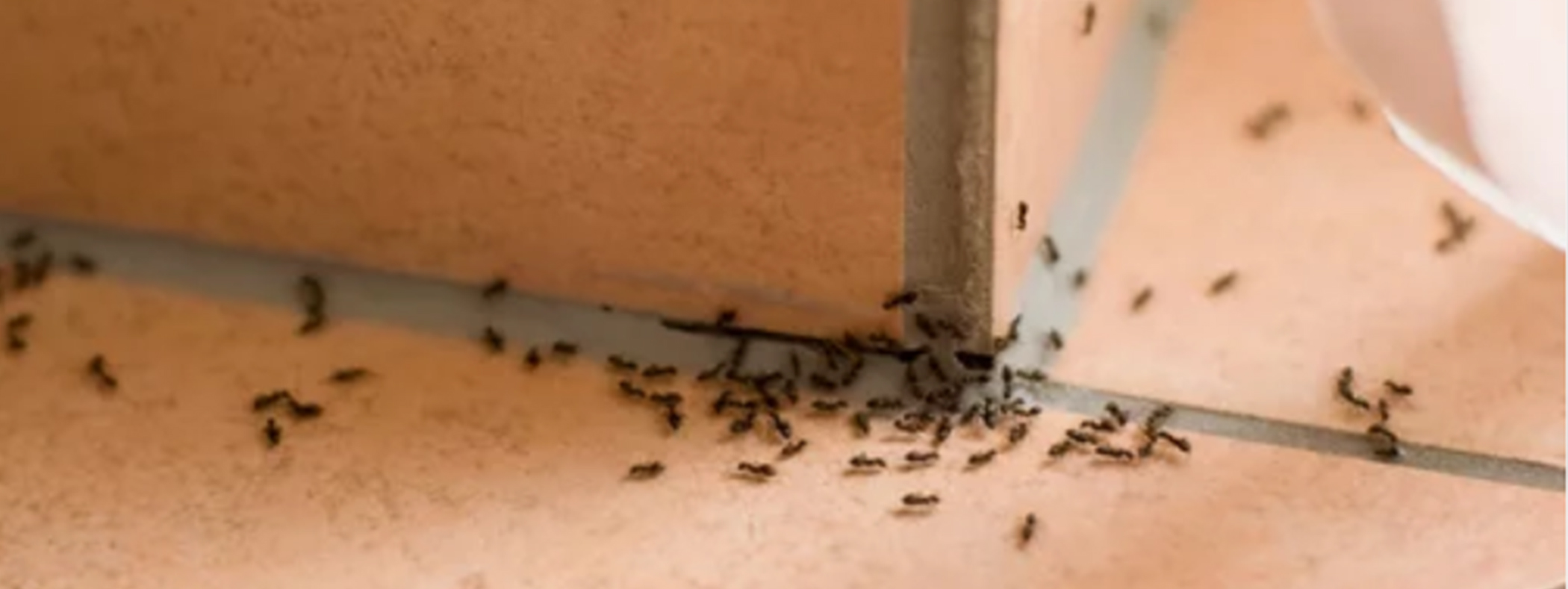 Ants are social creatures that live together in large groups called colonies. The ant hills that you see are only the entryways and do not indicate the size of the colony, which is hidden underground or inside a structure. A colony in your home can be a hazard requiring carpenter ant removal in Bridgewater to prevent extensive structural damage.
Objectively, however, ants are to be admired for the organization within their colonies. An ant colony can be home to thousands of insects, sometimes tens of thousands, yet each ant has a specific job to do and a role to play. Here is an overview of the hierarchy within the ant colony.
Ants are social creatures that live together in large groups called colonies. The ant hills that you see are only the entryways and do not indicate the size of the colony, which is hidden underground or inside a structure. A colony in your home can be a hazard requiring carpenter ant removal in Bridgewater to prevent extensive structural damage.
Objectively, however, ants are to be admired for the organization within their colonies. An ant colony can be home to thousands of insects, sometimes tens of thousands, yet each ant has a specific job to do and a role to play. Here is an overview of the hierarchy within the ant colony.
 Ants are social creatures that live together in large groups called colonies. The ant hills that you see are only the entryways and do not indicate the size of the colony, which is hidden underground or inside a structure. A colony in your home can be a hazard requiring carpenter ant removal in Bridgewater to prevent extensive structural damage.
Objectively, however, ants are to be admired for the organization within their colonies. An ant colony can be home to thousands of insects, sometimes tens of thousands, yet each ant has a specific job to do and a role to play. Here is an overview of the hierarchy within the ant colony.
Ants are social creatures that live together in large groups called colonies. The ant hills that you see are only the entryways and do not indicate the size of the colony, which is hidden underground or inside a structure. A colony in your home can be a hazard requiring carpenter ant removal in Bridgewater to prevent extensive structural damage.
Objectively, however, ants are to be admired for the organization within their colonies. An ant colony can be home to thousands of insects, sometimes tens of thousands, yet each ant has a specific job to do and a role to play. Here is an overview of the hierarchy within the ant colony.

